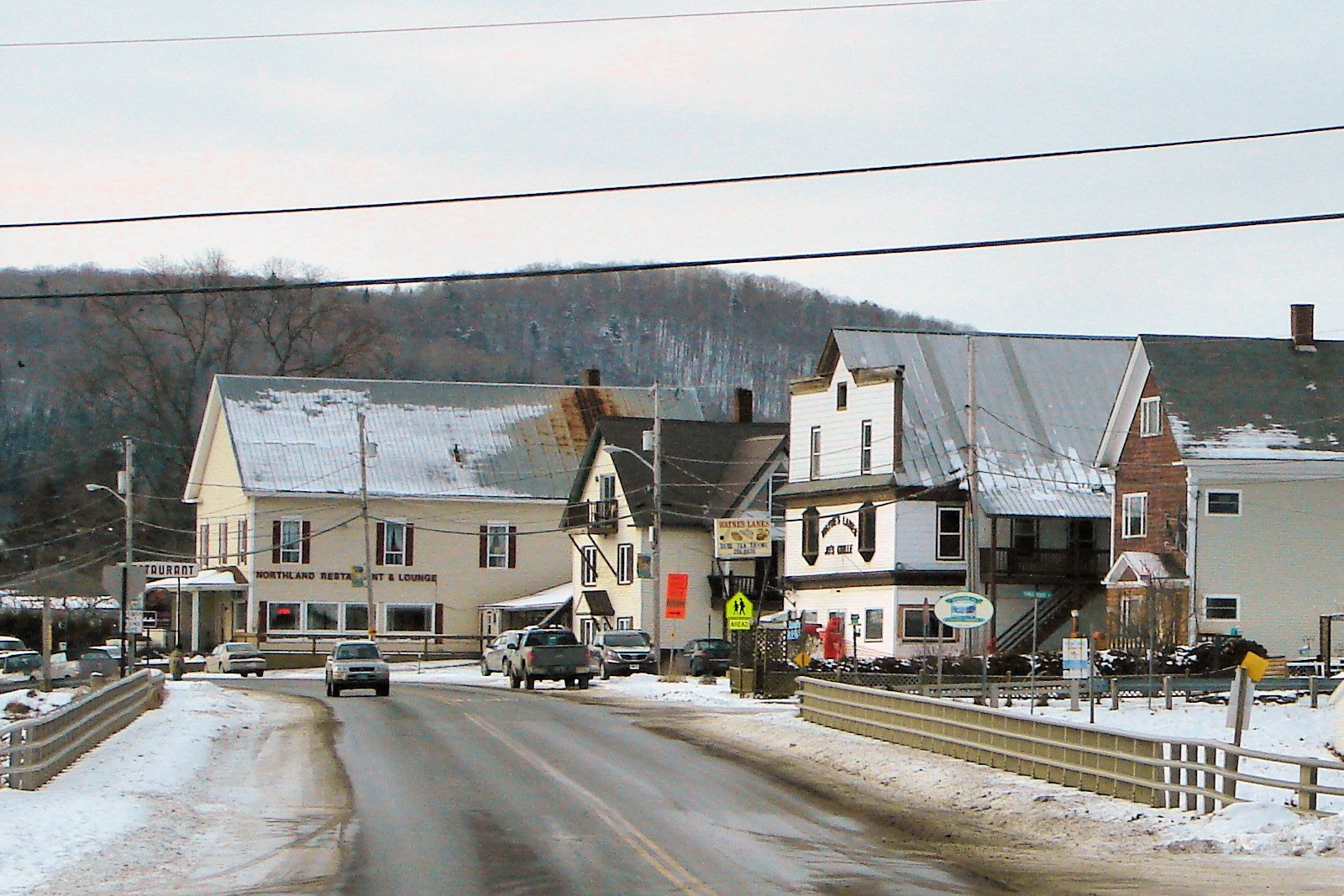
New N.H.-Vt. link to facilitate transfer of hydropower from Quebec to New England
Town center of Canaan, Vt.
—Photo by P199
Grange hall in Londonderry, N.H.
— Photo by Sdkb
Edited from a New England Council report
“National Grid has been awarded federal backing to construct the Twin States Clean Energy Link, a 1.2-gigawatt high-voltage direct current (HVDC) transmission line spanning from Canaan, Vt., to Londonderry, N.H.
This initiative, one of the Biden administration’s key energy-infrastructure projects, aims to facilitate the transfer of Quebec hydropower to New England and enable reciprocal energy exports. Anticipated to kick off in the latter half of 2026, the project is supported by a Department of Energy financing strategy, entailing the purchase of up to 50 percent capacity on eligible transmission lines to reduce risks and attract additional investment.
National Grid has garnered significant backing from local communities and stakeholders along the route, as it unveils plans for a $260 million community- benefits program alongside an expected $8.3 billion in wholesale energy cost savings over the initial twelve years of operation. The company operates as a multinational energy firm, separate from its regulated utilities, serving natural-gas and electricity consumers in New York and Massachusetts.
“‘This is an important step forward for the {two states} as we work to make the project a reality for the region,’ said Stephen Woerner, New England president of National Grid’s New England unit . ‘DOE has recognized the significant economic and environmental benefits of this project to New England communities, residents, and businesses, and we’re grateful for this recognition from our federal partners. This project would be a win for the New England region, and we thank our stakeholders and the many route communities for their strong support. We look forward to working with DOE on the next steps in the TFP process and continuing our deep engagement with the communities and our regional partners to bring this project to fruition.”’



